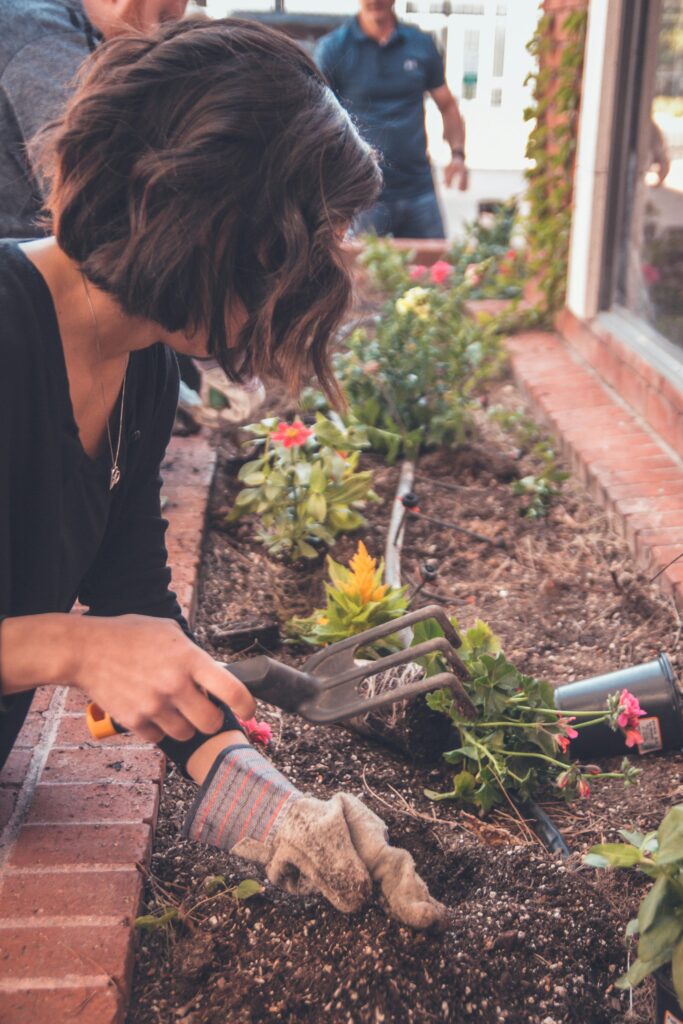
Introduction
A vegetable garden is easy to start, but keeping it alive and sustainable is a great responsibility. Water management plays a vital role in the sustainability of a kitchen garden. Too much water? The plants rot. Too little? They will wilt.
The fact is, plants don’t need you standing over them with a watering bucket every morning. All they need is on time and proper supply of water. You can do that easily by using some interesting DIY hacks at your home.
In this article, we will discuss the top 5 DIY hacks for growing vegetable garden and amazing tips inspired by real-life methods used by expert gardeners worldwide. From useless bottles to cotton clothes, these tricks are tested and beginner-friendly. A detail information was also found in the article about kitchen garden 101.
What are the 5 DIY hacks for growing vegetable garden?
1. Bottle drip system
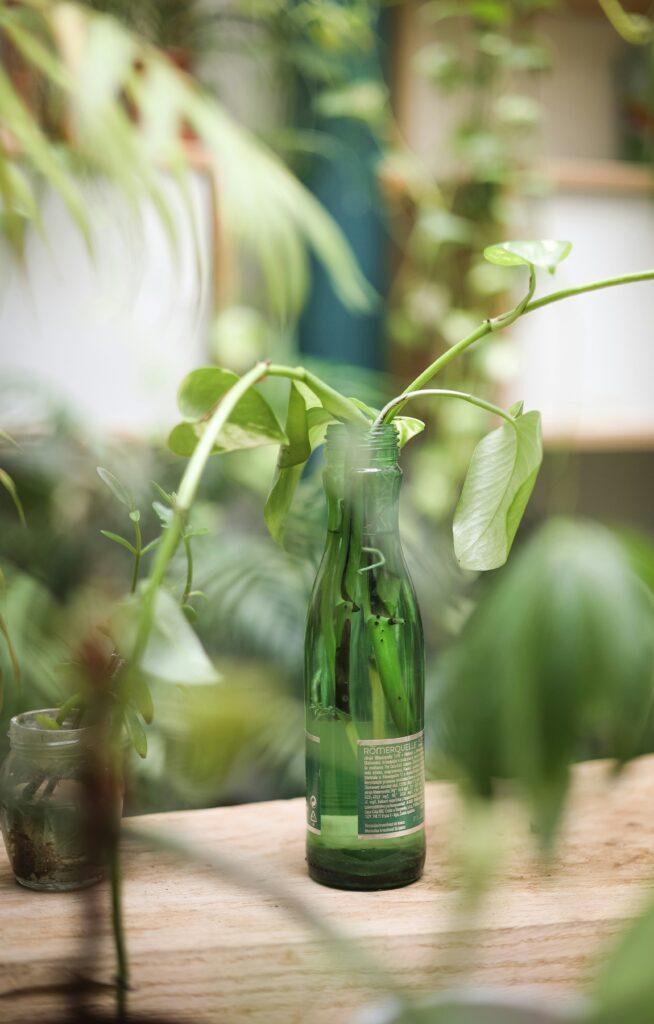
It is a quick and best method to water the plants in your kitchen garden. Let’s discuss how it’s made and how it works.
What you need
- 1 liter plastic bottle
- A sharp pin
How it works?
Fill the bottle with water. Poke some tiny holes in the bottle’s cap with a sharp nail or pin. Bury the bottle neck in the soil next to your plant or vegetable bed. Water will slowly release from the bottle, keeping the roots hydrated for two to three days.
Benefits
This method will keep roots hydrated all the time. The water will slowly be absorbed into the soil and soil, with no waste and overwatering.
Perfect for
- Tomatoes
- Peppers
- Cucumbers
- Raised beds
2. Cotton Wick Irrigation
Cotton wick method is very helpful when you are leaving your pots unchecked for some days.
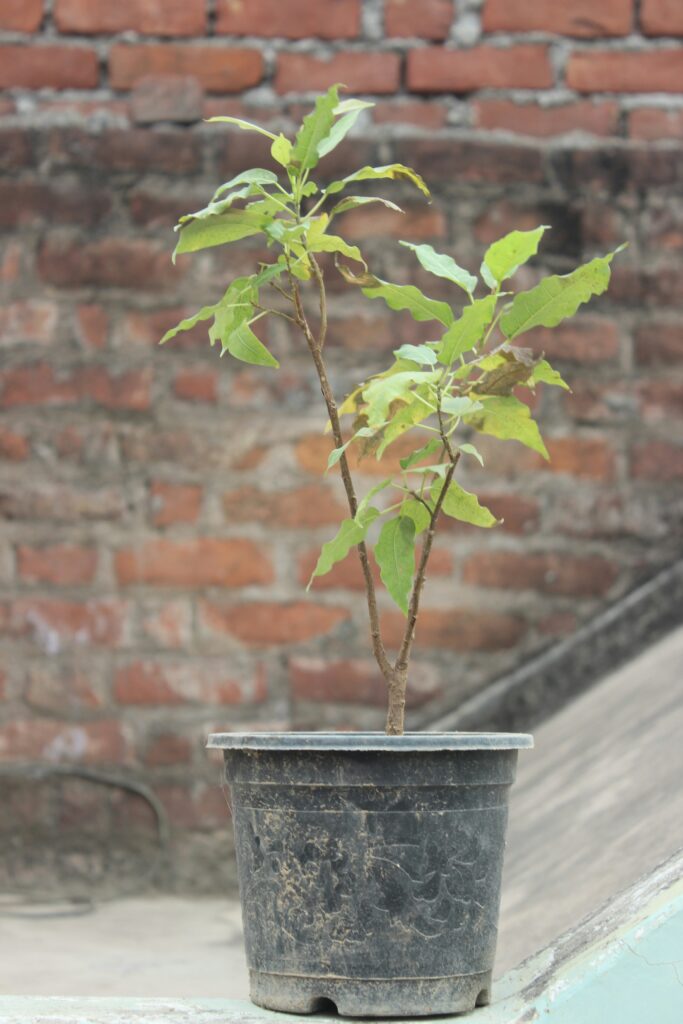
What you need
- Thick Strip of cotton
- Water container
- Plant’s pot
How it work
Place a jar or any container of water near your pots. One end of the cotton strip goes in the container and the other end will be slightly buried in the soil of your pot. Place the pots in a circle around the water jar. Water will naturally travel along the cotton wick.
Benefits
Effective when you leave your pots outside in the summer. The roots and soil will slowly absorb the water. In this way, it prevents dehydration in plants
Perfect for
- Potted herbs
- balcony pots
- Plants left home alone for a few days.
3. Moisture locking mulch from kitchen scraps
You can effectively use your daily kitchen waste as mulch to conserve extra water. Let’s uncover the methods and benefits of this sustainable practice.
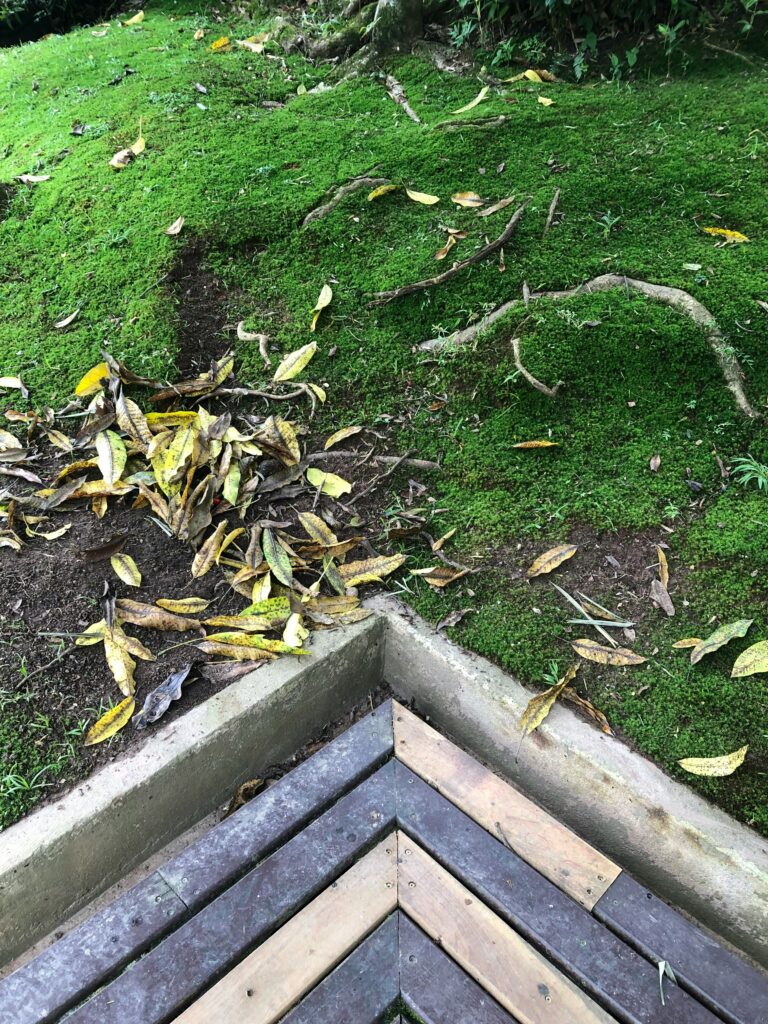
What you need
- Banana peels
- Tea leaves
- Vegetable peels
- Dry leaves or old newspaper
How it works
Mix your kitchen scraps, like peels of vegetables and fruits, and add pieces of newspaper to it. Spread a layer of these organic wastes around the base of your plant. It shades the soil, slows down evaporation, and breaks down to feed your plants.More detail was also in our blog organic fertilization and composting.
Benefits
Mulch contains organic wastes, providing a slow release of nutrients to plants. It is also an effective way to conserve moisture. Side-by-side mulching also avoids soil erosion.
Perfect for
- Outdoor garden beds
- Larger containers
- Dry areas
4. Sponge trick
If you are raising a small kitchen garden using containers and pots on your balcony and any space of your home, then this trick is very beneficial to keep the plant root zone hydrated in extreme sunlight.
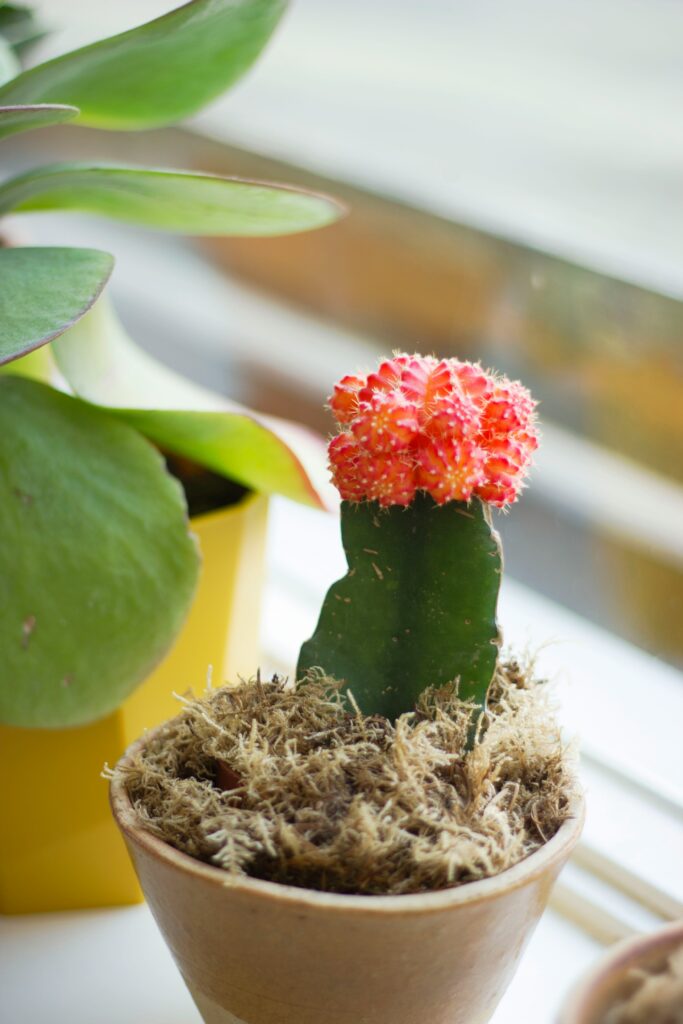
What you need
- A clean sponge
- Your planting pot or container
How it works
Place a sponge of specific size inside of your planting container, then fill the container with soil up to the brim. The sponge inside the container will store extra water and helps to keep the soil consistently hydrated and damp.
Benefits
- Conservation of water
- Roots hydration at extreme heat
- Effective for hanging pots
5. Rainwater harvesting
Rainwater is a natural source of moisture for plants. In case of a shortage of water, you can store rainwater using household tools.
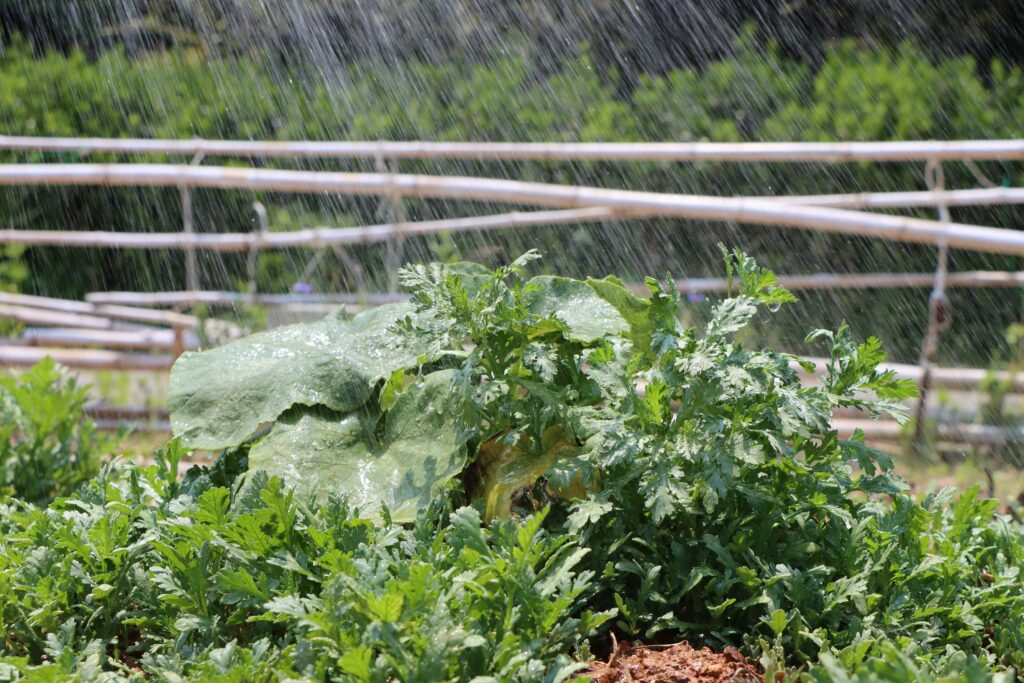
What do you need?
- A large tub or drum
- Small pots and containers
- Spade
How does it work?
Place the tub and small container in a place where rainwater falls or under a pipe from your roof. Store the water for use in the future. In case you are raising herbs and vegetables in an open plot, dig small holes in the soil to harvest rainwater for further use.
Benefits
- Natural source of minerals
- Completely free
- Environment-friendly
Best and worst times to irrigate the kitchen garden
Watering the plants is not just about the amount; it’s also about when. Timing matters greatly, as right timing makes the garden productive and lush while the wrong time leads to weak and diseased plants.
1. Best time to water
The time of dawn 5 AM to 8 AM is best for watering plants. These are golden hours because
- Cool temperature avoids quick irrigation
- Efficient absorption of water by plants leads to long-term hydration.
- Less risk of fungal attack due to dryness of foliage in morning sun
2. Worst timing for watering the kitchen garden
Avoid watering the plants from 12 PM to 4 PM in the afternoon and at 7 PM. These are danger zones because
- In the afternoon sun is at its peak, and water evaporates before reaching the roots. After 7 PM water remains on the soil and leaves.
- During 12 AM to 4 PM, plants can shock due to sudden contact of cold water with hot soil. 7 PM is more suitable for the attack of fungal disease.
- Wastes of water in the afternoon and causes of pest attacks like slugs and snails after 7 PM

Leave a Reply